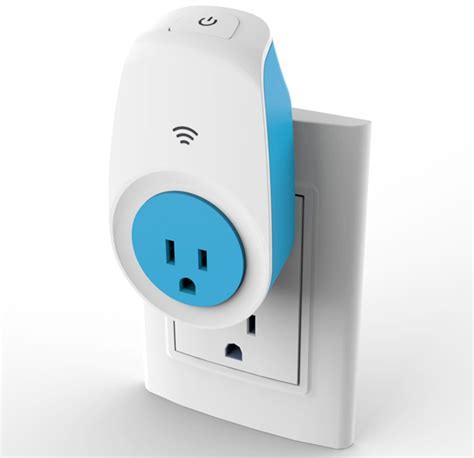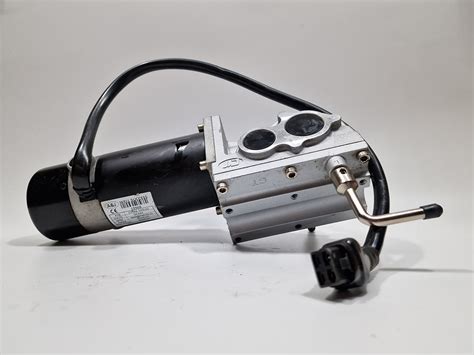As the world grapples with the challenges of climate change, energy conservation has become a critical aspect of our daily lives. One often overlooked area where we can make a significant impact is in our homes, specifically with the outlets we use every day. Traditional outlets can be major energy wasters, especially when devices are left plugged in but not in use. This is where energy-saving outlets come into play, designed to reduce standby power consumption, also known as "vampire power." In this article, we will explore five energy-saving outlet options that can help you reduce your energy consumption and contribute to a more sustainable future.
Key Points
- Understanding the concept of vampire power and its impact on energy consumption
- Exploring different types of energy-saving outlets, including smart plugs, timer outlets, and USB outlets with built-in switches
- Discussing the benefits of energy-saving outlets, including reduced energy consumption and lower utility bills
- Highlighting the importance of choosing the right energy-saving outlet for your specific needs
- Providing guidance on how to integrate energy-saving outlets into your existing home setup
Smart Plugs: The Intelligent Energy-Saving Solution
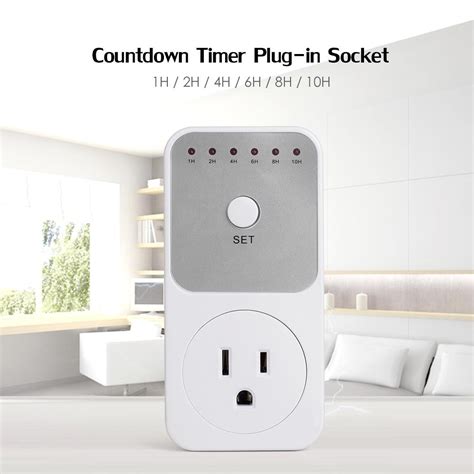
Smart plugs are among the most popular energy-saving outlet solutions. These devices can be plugged into your existing outlets and then have your appliances or devices plugged into them. What makes smart plugs intelligent is their ability to be controlled remotely via an app on your smartphone or voice commands through smart home systems like Alexa or Google Home. This allows you to turn devices on and off, even when you’re not at home, eliminating standby power consumption. Some smart plugs also come with scheduling features, allowing you to automate when your devices turn on and off, which can be particularly useful for lights, televisions, and other electronics that are often left on unnecessarily.
Technical Specifications and Benefits
When selecting a smart plug, consider the technical specifications, such as the plug’s power rating, compatibility with your smart home system, and the presence of features like energy monitoring. Energy monitoring allows you to track how much power each device is using, providing valuable insights into your energy consumption patterns. This can help you identify which devices are the biggest energy wasters and make informed decisions about how to reduce your overall energy use.
| Smart Plug Feature | Description |
|---|---|
| Remote Control | Control devices remotely through an app or voice commands |
| Scheduling | Automate when devices turn on and off |
| Energy Monitoring | Track the energy consumption of each device |
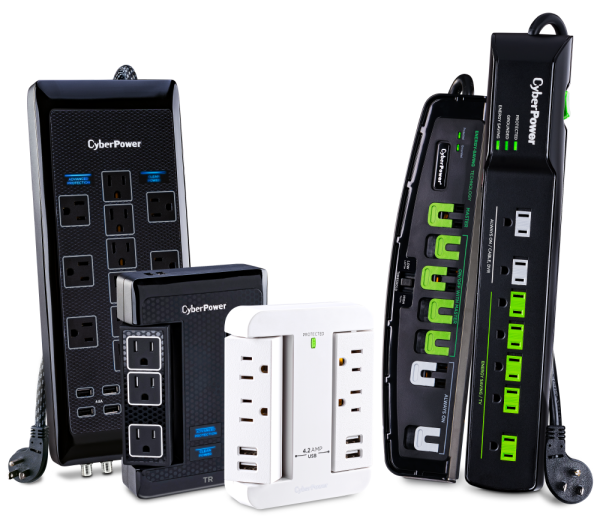
Timer Outlets: A Simple yet Effective Solution
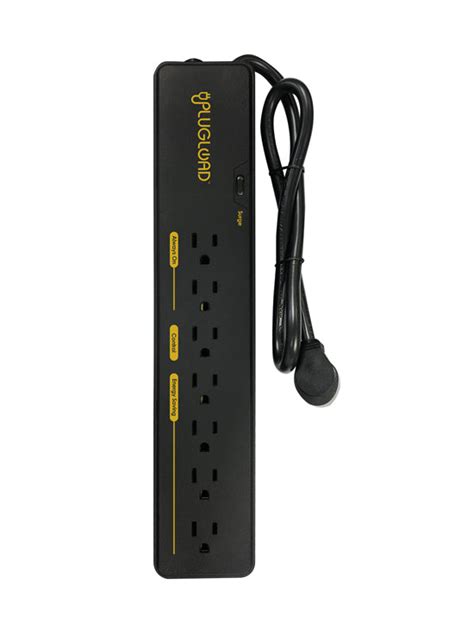
For those looking for a more traditional approach to energy saving, timer outlets offer a simple yet effective solution. These outlets have a built-in timer that allows you to set how long a device stays on. Once the timer expires, the outlet automatically turns off the power to the device. Timer outlets are especially useful for devices like lamps, curling irons, and space heaters, which are often used for a limited time and then left on unnecessarily. While they don’t offer the remote control or scheduling features of smart plugs, timer outlets provide a straightforward way to ensure that devices are not wasting energy when not in use.
Practical Applications and Considerations
In practical terms, timer outlets can be a cost-effective way to reduce energy consumption without the need for smart home integration. However, it’s essential to consider the types of devices you plan to use with timer outlets and ensure that the timer’s settings can accommodate your usage patterns. For example, if you have a device that you use at the same time every day, a timer outlet can be programmed to turn it on and off automatically, saving you money and reducing energy waste.
USB Outlets with Built-In Switches
USB outlets with built-in switches are another innovative solution for reducing energy consumption. These outlets combine traditional electrical outlets with USB ports that have switches, allowing you to easily turn off power to devices when they’re not charging. This design is particularly useful in bedrooms and home offices, where devices like smartphones, tablets, and laptops are frequently charged. By cutting off power to these devices when they’re fully charged, you can prevent unnecessary energy drain and prolong the life of your devices’ batteries.
Design and Energy Efficiency
The design of USB outlets with built-in switches prioritizes energy efficiency without compromising on convenience. By integrating switches directly into the outlet, these devices make it easy to control power flow, reducing the likelihood of devices being left on and wasting energy. Moreover, many of these outlets are designed with high-quality materials and are built to last, providing a long-term solution to energy waste.
Smart Power Strips
Smart power strips are an evolution of the traditional power strip, designed with energy saving in mind. These strips can detect when a device is in standby mode and automatically cut off power to it, preventing vampire power consumption. Some smart power strips also come with features like remote control through an app, scheduling, and energy monitoring, similar to smart plugs. However, because they control multiple devices at once, smart power strips can be particularly effective in home entertainment systems or computer setups, where multiple devices are often used together.
Advanced Features and Applications
One of the advanced features of smart power strips is their ability to differentiate between devices that should always remain on, like a router, and those that can be turned off when not in use. This is often achieved through customizable settings that allow you to designate which outlets on the strip should always have power and which can be controlled based on the device’s activity. This level of customization makes smart power strips highly versatile and useful in a variety of settings.
Outlet Timers with Wireless Control

Outlet timers with wireless control offer a blend of traditional timer functionality with the convenience of remote control. These devices can be programmed to turn devices on and off at specific times and can also be controlled wirelessly using a remote or through an app on your smartphone. This combination of features makes them ideal for outdoor lighting, pool pumps, and other devices that are used on a schedule but may also need to be controlled manually from time to time.
Outdoor and Indoor Applications
Whether used indoors or outdoors, outlet timers with wireless control provide a flexible solution for managing device usage. For outdoor applications, they can be particularly useful for controlling lighting, fountains, or other decorative features that add ambiance to your yard but should only be operational during certain hours. Indoors, they can be used for similar purposes, such as controlling lamps or ceiling fans, ensuring that these devices are only on when needed.
What is vampire power, and how can it be reduced?
+Vampire power, or standby power consumption, refers to the energy used by devices when they are turned off but still plugged in. This can be reduced by using energy-saving outlets like smart plugs, timer outlets, and smart power strips that cut off power to devices when they are not in use.
How do I choose the right energy-saving outlet for my needs?
+Choosing the right energy-saving outlet depends on your specific needs and the devices you plan to use with it. Consider factors like remote control capabilities, scheduling features, energy monitoring, and compatibility with your existing smart home system. It's also important to think about the types of devices you'll be using and whether they require constant power or can be turned off when not in use.
Can energy-saving outlets be used with any type of device?
+Most energy-saving outlets are designed to be versatile and can be used with a wide range of devices, from lamps and televisions to computers and kitchen appliances. However, it's essential to check the outlet's specifications to ensure it can handle the power requirements of your device. Some devices, like refrigerators and air conditioners, may require special outlets due to their high power consumption.
In conclusion, integrating energy-saving outlets into your home is a simple yet effective way to reduce energy consumption and lower your utility bills. Whether you opt for smart plugs, timer outlets, USB outlets with built-in switches, smart power strips, or outlet timers with wireless control, the key is to find the solution that best fits your lifestyle and device usage patterns. By making this small change, you can contribute to a more energy-efficient future and enjoy the convenience and cost savings that come with it.
